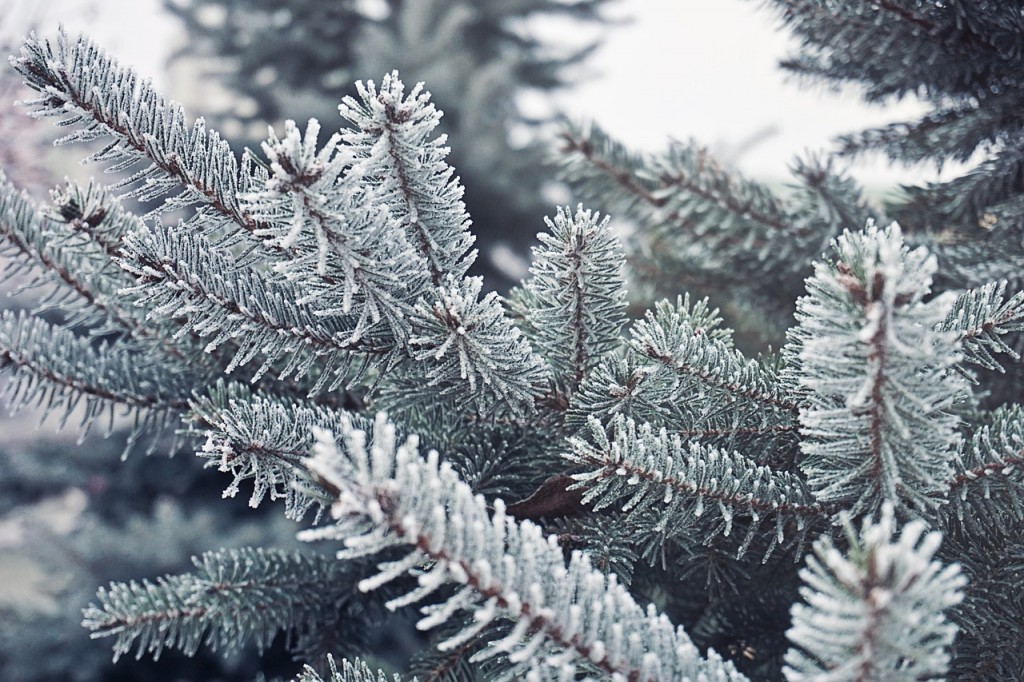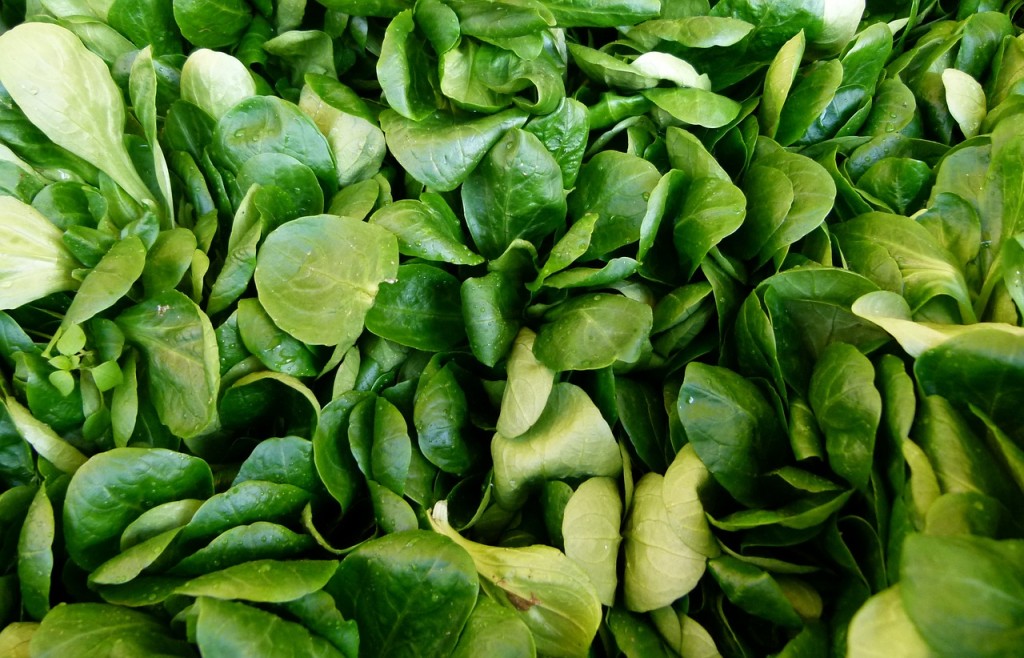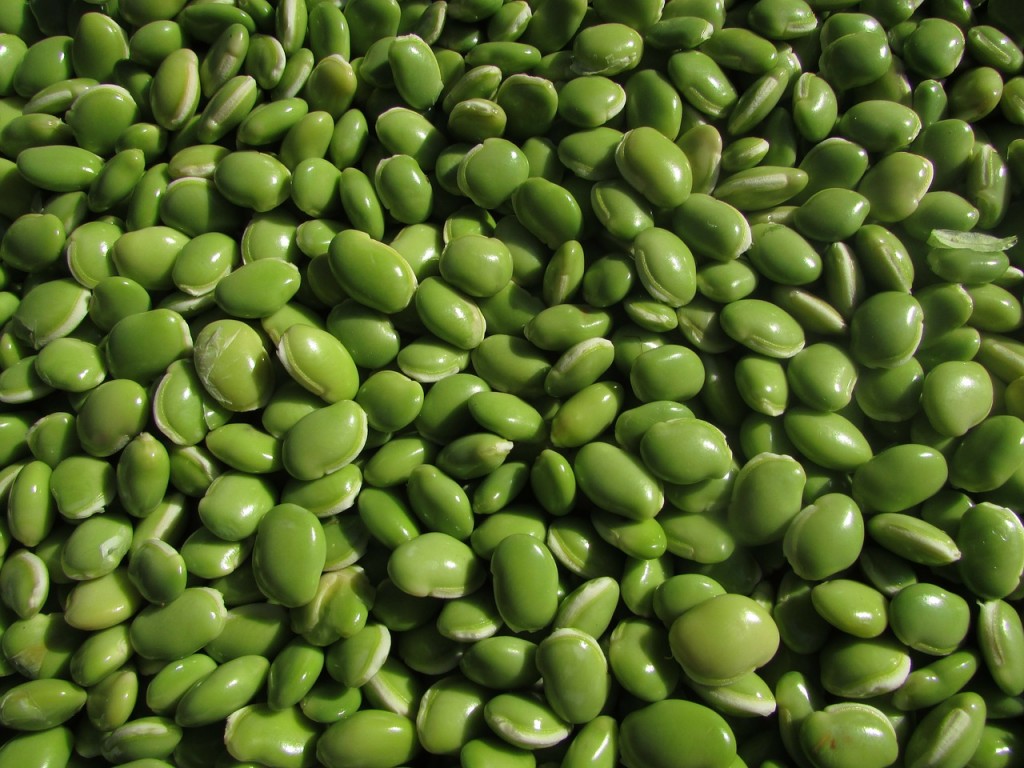
Winter can be a very frustrating time for gardening enthusiasts, as the range of activities that they can be getting on with becomes severely limited.
Greenhouses are a great way of getting around this, as they are controlled environments that can allow the gardener to maintain some plants out of their traditional season.
Temperature, levels of light and shade, irrigation, fertilizer application and atmospheric humidity are just some of the key gardening factors that can be controlled – depending on the technical specifications of the greenhouse.
Historically, the use of greenhouses has been traced back to the days of ancient Rome. Emperor Tiberius was said to demand a cucumber-like vegetable once a day.
As a result, his Roman gardeners had to come up with artificial methods of growing, which were very similar to the current greenhouse system.
This allowed them to provide the Emperor with his required snack every day of the year, no matter what the climate conditions were like.
In a blogpost for the BBC Gardening website, author of the Winter Vegetables and Vegetable Course gardening books Charles Dowding suggested that winter salad leaves grow very well in greenhouses in the colder months.
They are usually seeded in September, so as to give them plenty of time to establish for harvesting in the middle of winter. Mr Dowding said that he starts work on his winter salad leaves in September – and does more work on them about a month later.
He typically fills some newspaper-lined boxes with very well-rotted cow manure.
Between six and eight salad nodules are then planted into them. After they are placed in a greenhouse that is very well ventilated and unheated, the expert said that they can adapt to the night frost quite quickly.

Greenhouses typically mitigate the worst of this problem, but do not usually overcome it completely.
In an article for the Daily Telegraph, Lia Leendertz – a garden writer based in the south-west UK city of Bristol – singled out some of her favourite things about her greenhouse.
Like Mr Dowding, she noted that having access to fresh salad leaves all year round is one of the key benefits of a greenhouse.
She went so far as to suggest that if the right varieties are chosen, there will be no letting up in salad production.
However, the expert warned that if they are not carefully maintained, they can become very unappetising, as the leaves will have been toughened up considerably by the cold.
“Grow in the greenhouse and you still need to choose the hardiest of lettuces and other leaves, but they will reach the kitchen in beautiful condition: soft, mild and pockmark-free,” Ms Leendertz commented.
Unseasonal planting is another plus point of the greenhouse. Ms Leendertz emphasised that every green-fingered enthusiast gets urges to start growing things at the ‘wrong’ time – and that it is not something to be ashamed of.
“It’s late autumn, or perhaps very early spring and everything is snoozing under a blanket of chilly damp,” she remarked, adding: “Any seed sown direct into the ground would rot, freeze or both in a matter of hours and yet along comes a sunny mild day, a whiff of spring and the urge to sow becomes irresistible.
“In a greenhouse – especially if you have a little heated propagation mat upon which to place your seed trays – there is almost always something that can be sown,” the expert stated.
“Perennial flowers, sweet peas, early peas, lettuces, all can be started at odd times of year under the refuge of your glass roof,” Ms Leendertz went on to remark.



